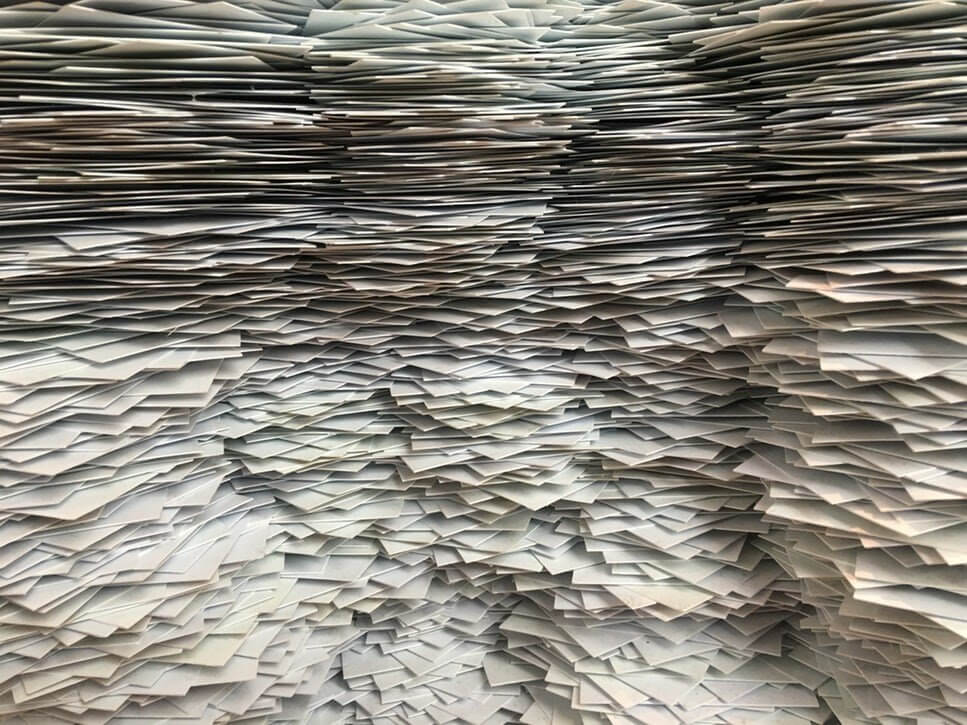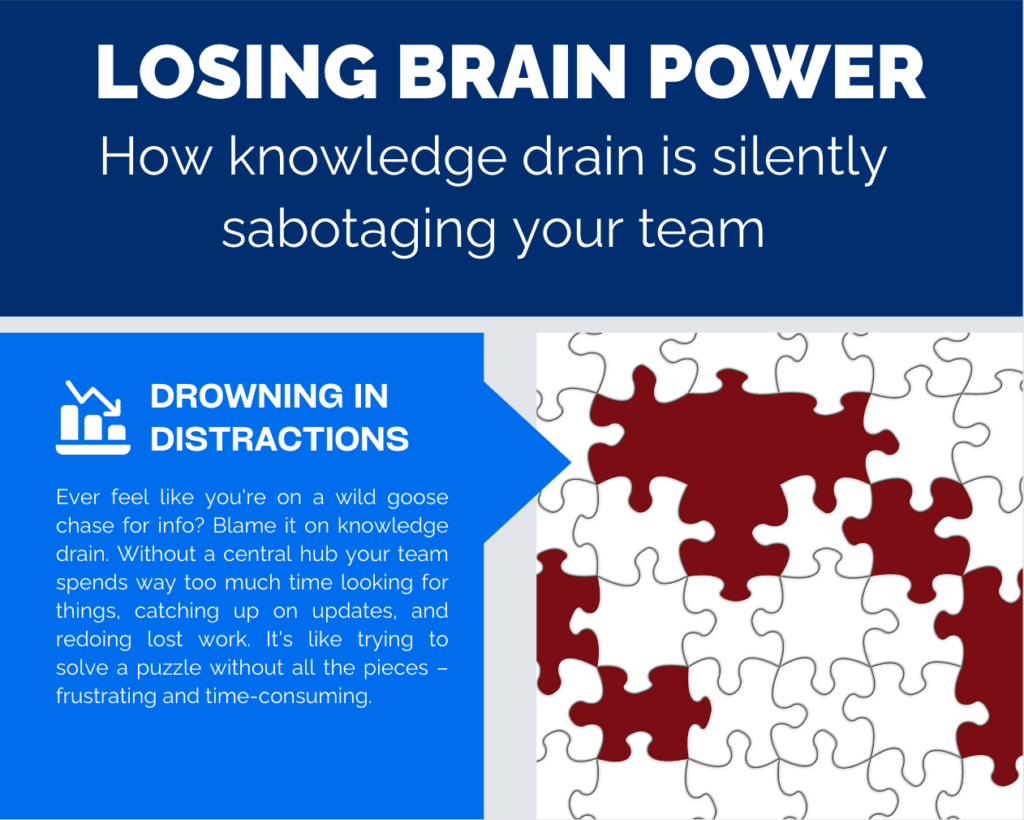
As a producer in the reality television industry, I’ve seen first-hand some of the most incredible changes that my colleagues and peers have introduced to help reduce our carbon footprint. Re-usable water bottles & keep-cups, multiple recycling options, food wastage solutions; production companies have been leading the way in trying to eliminate wastage and move towards a sustainable future.
I’ve noticed however, there has been one sneaky little thing that creative industries just can’t get their hands off (literally) …and that thing is paper.
The term “The Paperless Office” was first used in 1978, but yet here we are over 40 years later, and paper is still hanging in there, tempting us to look at it and touch it, rather than working off our screens.
Do you love the feel of it in your hands? Is it just easier to read? Do you like to scribble notes by hand? There are many reasons people love paper. I personally get more joy out of holding a book than swiping pages on an eBook. But when I realised I can pack three books on holiday with me on my iPad AND fit in the extra activewear that I definitely won’t use, I started to understand the appeal.
The problem is often in our industry we’re not just printing the occasional thing – we’re printing multiple and often daily copies of documents that will be out of date in minutes. Version 1 is in the bin as Version 2 is printing off, but someone has already made a change so 30 more copies of Version 3 are on the way. Blue paper, pink paper, green paper, it’s all just spat out and once the project is done, they’re either binned or put in a binder folder never to be looked at again.
When I worked as a Casting Producer for Big Brother years ago, we had tens of thousands of auditionees print their 10-page application form out and bring it with them. I’ve printed, laminated, scribbled on, and blue-tacked more pieces of paper across Australia than I dare count, but nothing I wrote on those papers was retainable or searchable. It’s now all in the bin (hopefully a recycle bin and being turned into more paper for more printing), rather than stored online for easy access if I need it again.
I’ve worked on shows where they’ve reprinted and distributed 13 versions of the same rundown, and 40-page scripts, to over 50 crew members. Call sheets are emailed but also printed in case someone needs them. Freelancers fill in paper timesheets. Talent and clients are given pretty printed documents where more time is spent perfecting the font style than the content.
Whether it’s a script, a brief, a one-page bio, a rundown, a pitch, or even just headshots on the wall – we love to print it.
And none of these documents were ever seen on screen.
My dad saw me writing on a paper timesheet and smugly told me he used to submit electronic timesheets in the early ’80s during his time in the public service. My father, who struggles to find the on switch on his mobile phone, was doing something more advanced and environmentally friendly than some of the biggest production companies in Australia, over 30 years ago.
The world is changing, and it needs us to keep up.
There are new ways of working now, ways that don’t require printing, ways that save you time and money, protect your IP, and most importantly, protect the environment.
- On average, we consume almost 560 million tons of paper produced every year in the world. This month alone, we’ve at 47,000,000 tons.
- In the US alone, 68 million trees are cut down just to make enough paper for a year
- It can take up to 10 litres of water to produce a single A4-sheet of paper.
- We use more than 2 pieces of paper for everyone on Earth. Every. Single. Hour.
- Currently, companies in the US spend over 120 billion dollars per year on printed forms. Most of these printed forms become outdated in just three months.
- For over 1 tonne of paper produced, over 1.5 tonnes of CO2 emission pollutes the air instantly.
- Delivering paper and transporting paperwork contributes to more vehicles on the road and more harmful pollutants in the air.
- The majority of printers are plugged in 24 hours a day and sit in standby mode consuming electricity
- Printers last between 3 and 5 years before needing to be replaced. These become hazardous waste (electronic waste) at end of life.
- Up to 80 million ink cartridges fill up in landfill yearly across the globe. The estimated time it takes for these cartridges to break down is between 400 to 1000 year.
Is all the above really worth the print-out?

Lumi has partnered with television production company Fremantle, which has embraced a new way to work, challenging old habits of recreating existing workflows and “this is how we’ve always done it” approaches.
They completed a huge casting tour of Australia’s Got Talent and managed to do so, completely paperless.
With every producer looking at Lumi, they knew how many acts they had waiting, how many acts they liked, and which acts were the best of the day. They used 3D digitised schedules that updated live, so no one needed a print-out of the order of the day. If someone cancelled, if someone was running late – it was changed instantly for everyone to see in real-time. Every note, every update, and every scribble was captured all in one spot.
They managed their content collaboratively and cost-effectively while reducing their environmental footprint in the process.
How is your company protecting the environment? It’s easier than you think to do your part.



